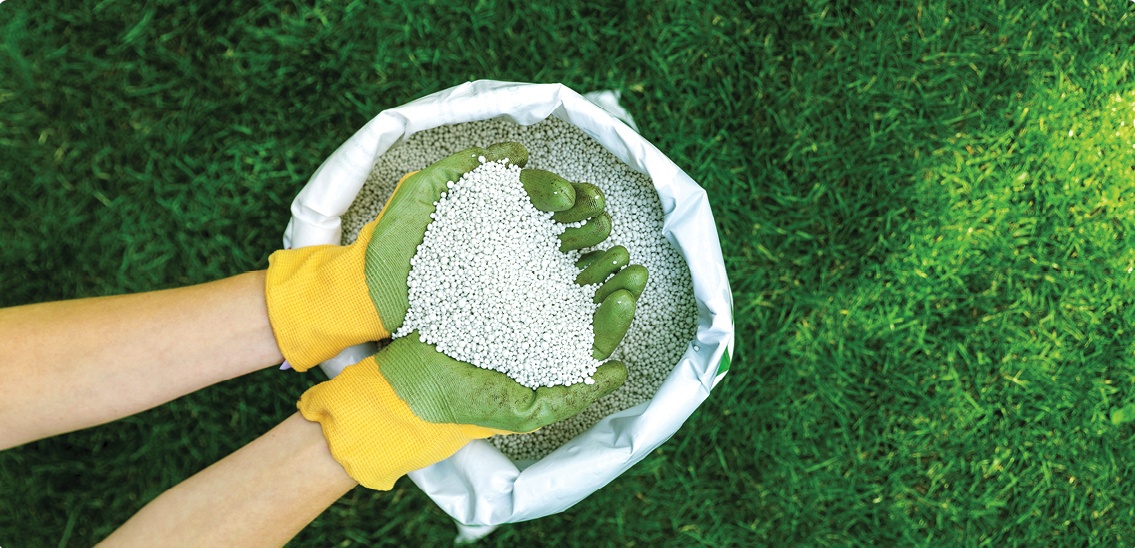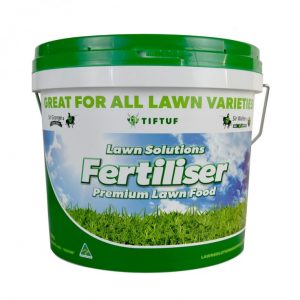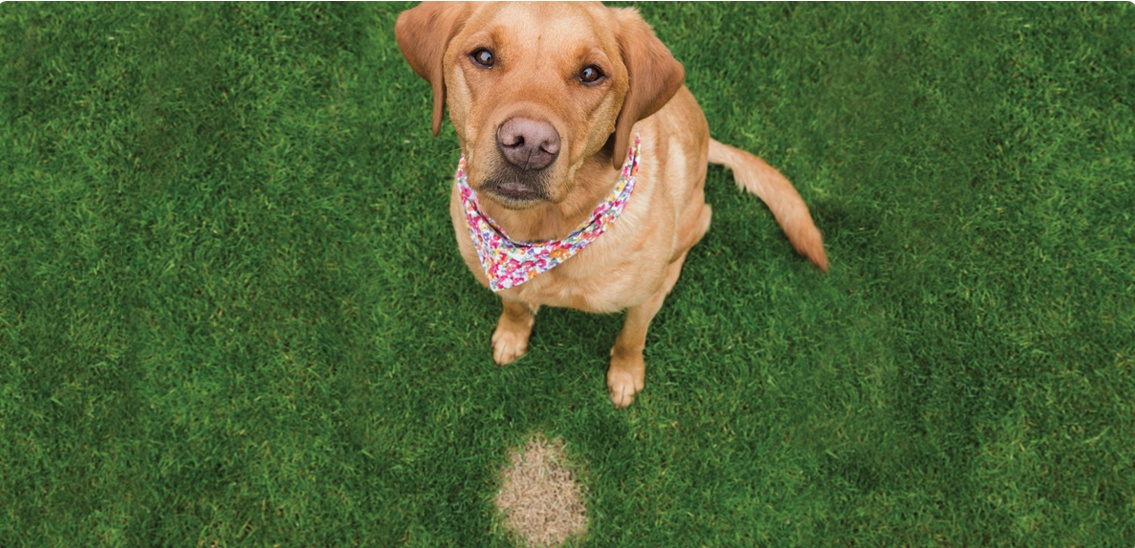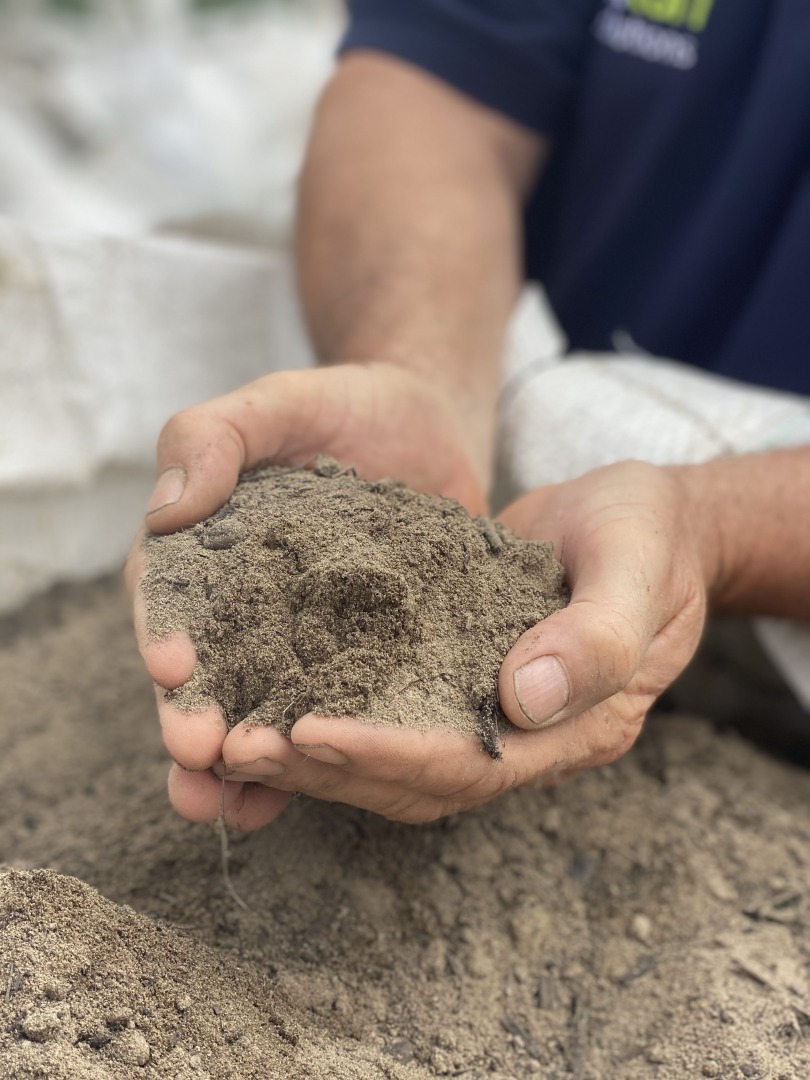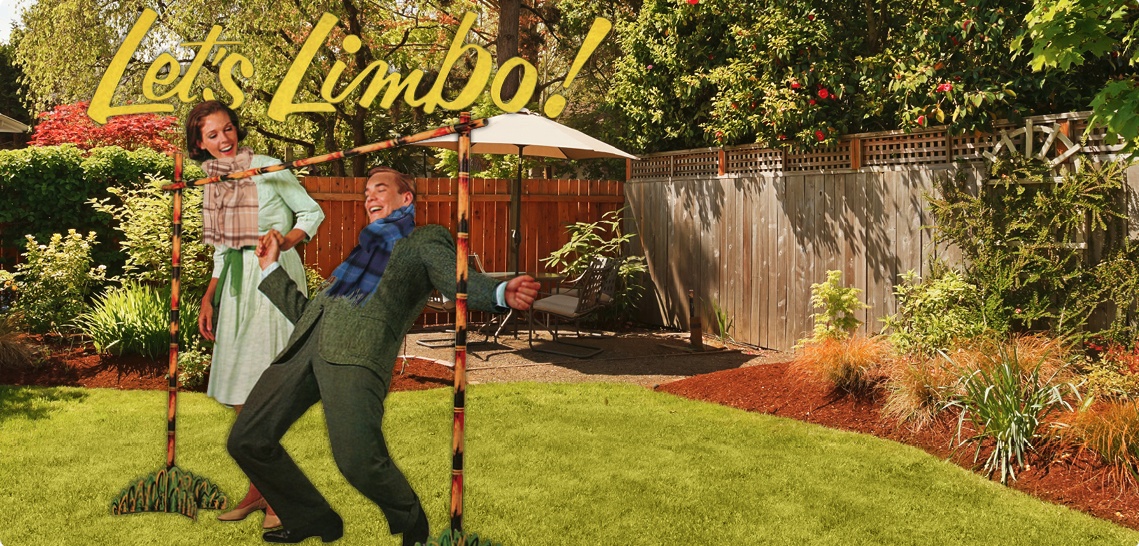Fertiliser Technologies You Need To Know
Dr Sam Stacey and Will Pearce, ICL Specialty Fertilisers
Healthy, resilient turf needs adequate nutrition and that’s why applying the right fertiliser product is so important. With so many fertiliser technologies on offer it can be difficult to know which product will give the best result. This article has been written to help demystify the differences between conventional, slow-release and controlled release fertilisers. We look at how each technology affects nutrient delivery to turf, how long they feed turf for and how local environmental conditions affect performance.
Conventional fertilisers – how long do they last?
Studies show that almost all of the nitrogen and phosphorus in conventional fertiliser granules is released on the same day that it is applied to the soil (this occurs whether a granule ‘shell’ is still visible or not). Fast dissolution is very easy to observe with urea granules, which can dissolve in minutes following light irrigation or even on humid days. Liquid or foliar fertilisers behave like conventional fertilisers in that they provide immediately soluble nutrients. All of these fertilisers provide an almost immediate response but have a short-term effect.
Once nutrients are released from the granule, they are subject to the prevailing environmental conditions. Either they will be taken up by the turf or remain in the soil where they are potentially subject to leaching (washing through the soil below the root zone) or, in the case of nitrogen, gaseous loss to the atmosphere (e.g. volatilisation or denitrification). Wet conditions from rainfall or frequent irrigation can increase nutrient losses. Fertiliser that has been leached or lost is no longer available to the turf.
There are three broad categories of technologies that have been designed to reduce losses of nutrients (mainly nitrogen) and keep more of the fertiliser in the root zone where it is available to the turf. The technologies are 1) Slow Release, 2) Controlled-Release and 3) Inhibitors(nitrification or urease). We discuss how both Slow Release and Controlled Release technology affects fertiliser behaviour and availability to turf below.

ICL and Lawns Solutions Australia are currently running a trial at Daleys Turf on a range of granular fertiliser technologies and their effect on the establishment of Sir Grange Zoysia turf.
Slow and Controlled Release Fertilisers
Slow and controlled release fertilisers work by slowing the delivery of nutrients in the soil. Unlike straight urea or compound granules, controlled-release fertilisers release small amounts of nutrient each day for up to months at a time (the exact period is product dependent). Slowing and controlling the release of nutrients has the following benefits:
- One application of fertiliser can potentially feed the turf for months, so far fewer applications need to be made, which can reduce labour costs;
- The potential for burning of turf is significantly reduced because the nutrients are not immediately soluble.
- The turf receives consistent nutrition because the fertiliser releases a small amount each day. This leads to more even growth, better density and consistent colour.
- Nutrients are far less likely to be lost by leaching because only a small amount of nutrient is released into the soil at any one time. Polymer coating around the fertiliser granules protects the nutrients inside.
- A sudden bout of heavy rainfall will not empty the soil of nutrients like it can when conventional or even inhibitor-treated fertilisers have been used. Polymer-coated fertilisers will continue to slowly release nutrients, which will replenish the soil once the rainfall has stopped.
The difference between Slow Release and Controlled Release fertilisers
We find that some manufacturers use different terminology, but the internationally accepted definitions are that the term slow release is usually used to describe a fertiliser that is not polymer-coated and works by being partially insoluble. The fertiliser takes longer than usual to dissolve in the soil and therefore delivers nutrients over a longer period. For e.g. Lawn Solutions Premium Fertiliser.
What are Controlled Release Fertilisers?
Controlled release is used to describe fertilisers that have an outer polymer, polymer-sulphur or resin coating. The coating acts like a rain jacket; it slows moisture absorption by the granule and then slows the release of nutrients into the soil. With a good quality coating, it is possible to pre-program the fertiliser to release nutrients daily over different periods. Some controlled release fertilisers deliver nutrients over 2 months, others 6 months and others 8 months. Some examples include ICL Maintenance and All Round Fertilisers.
ICL manufactures some for ornamental plant production that release slowly and consistently over an 18-month period!

Figure 1. Controlled release fertilisers have a resin or polymer coating that slows and controls nutrient release into the soil.
These are the features of slow-release and controlled-release fertilisers that matter in turf management:
Slow-release
- Often deliver nutrients, especially nitrogen, over a shorter time-period compared to controlled-release (e.g. approximately 8 weeks in the case of methylene-urea).
- Can be manufactured with very small particle sizes, which is ideal for fine turf such as golf greens and tees, bowling greens and grass tennis courts.
- Are less likely to burn or damage turf (compared to conventional or inhibitor-treated fertilisers).
- Often only nitrogen release is slowed.
- ICL has recently released new slow-release phosphorus and calcium fertiliser called “Pearl” in the Sierrablen Plus range, especially targeted at improving root development in turf renovations.
Controlled release
- Delivers nutrients over a longer time-period. Turf fertilisers most commonly use either 3-month or up to 5-months longevity.
- Have larger granule sizes than slow-release but are still available as a mini granule of 1.5 mm. Ideal for sports fields, fairways, amenity turf. Not ideal for very fine turf such as golf greens.
- Offer the most controlled and predictable release of nutrients of any fertiliser. Are not affected by most environmental conditions such as the amount of rainfall or soil pH.
- Nutrient release is faster in warmer temperatures, which can match the increase in turf growth rate and demand for nutrients.
- Virtually any nutrient can be coated, so it is possible to supply turf with controlled-release nitrogen, phosphorus, potassium, sulphur and trace elements.
Some blended fertilisers are labelled as containing controlled release. However, many have only a small percentage of the nitrogen or potassium coated (e.g. 10% or less) with the rest behaving like ordinary agricultural fertiliser. To get the full benefits of controlled release it is important to use products with high coating rates (minimum 25% coated N for fairways and sports fields, higher levels for higher-end turf).
Which product will be the most effective?
If you want to apply fertiliser infrequently yet still have nutrients continuously available to the turf (to maintain density and colour over the long-term) then a controlled or slow-release fertiliser will provide the best performance. Controlled release is usually recommended for sports fields, fairways and parks/gardens and a slow-release with small particle sizes for fine turf.
Conventional fertilisers are still used in turf management. They release quickly and their effect is short-term, especially for turf grown on a sand-based construction. Despite the higher cost per bag, a good quality controlled or slow-release fertiliser is likely to give better overall performance (by continuously feeding the turf), be more efficient at lower application rates and give better environment outcomes.
References:
Dougherty WJ, Collins D, Van Zwieten L, Rowlings DW (2016) Soil Research, 54(5) 675-683.
Gioacchini P, Nastri A, Marzadori C, Giovannini C, Antisari LV, Gessa C (2002) Biology and Fertility of Soils, 36(2) 129-135.
Guertal EA, Howe JA (2012) Agronomy Journal 104(2) 344-352.
Irigoyen I, Muro J, Azpilikueta M, Aparicio-Tejo P, Lamsfus C (2003) Australian Journal of Soil Research 41, 1177-1183.
Mosdell DK, Daniel WH, Freeborg RP (1986) Agronomy Journal 78(5) 801-806.
Waddington DV, Landschoot PJ, Hummel Jr NW (1989) Communications in Soil Science and Plant Analysis 20(19-20), 2149-2170.
As always, if you have any more questions please don’t hesitate to contact us for free expert advice on 1800ALLTURF (1800255873) or 07 5543 8304.
